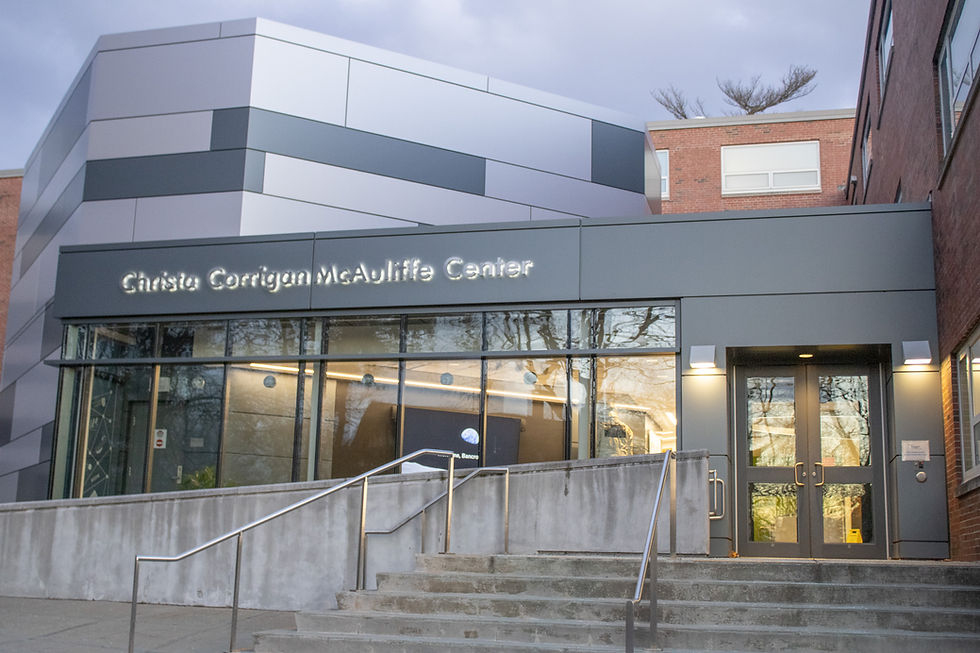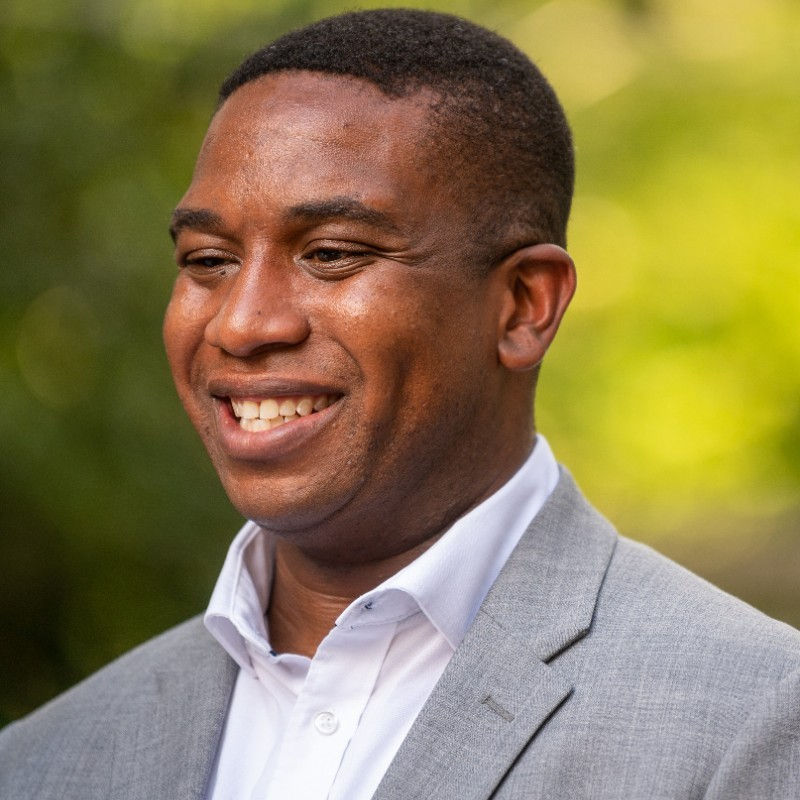All University meeting focuses on Re-Imagining the First Year
- Kayllan Olicio
- Feb 17, 2017
- 4 min read
By Kayllan Olicio
At the All University Meeting held on Wednesday, Feb. 15, faculty, staff and administrators discussed plans for Re-Imagining the First Year (RFY).
President F. Javier Cevallos said, “It’s always an important thing to be part of the community coming together for different topics.”
He added, “We decided to do something different this time. We have a number of really important initiatives going on during third semester. ... We have a very important project going on that will make a big difference for the future and that is re-inventing the first year.”
According to Cevallos, the University is part of a select group of 44 institutions of higher education that is working on this project at a national level. The project goal is to improve the first year for students.
He said, “Being selected to be part of that is a very good reflection of the work that has been happening here because not every institution that applied got selected to be part of this.”
Linda Vaden-Goad, provost and vice president for academic affairs, who has been leading the RFY efforts, said it “is aimed at ensuring success of all students but especially ... those who are underserved. So, low-income, first-generation and students of color.”
She added “We hope to begin to share our data on an annual basis, so that every year as we all work together to help our students be successful.”
The program’s logo was re-designed by a student, Sydney Wood, in a senior graphic design capstone course, said Vaden-Goad. The goal for the logo was to make “students and everyone here realize they do belong and they are an important part of our institution.”
Sean Huddleston, chief officer of diversity, inclusion and community engagement, said the student subcommittees primary focus is “looking at how students achieve a sense of belonging on campus. ... We really want to get down to some of that qualitative data.”
Vaden-Goad said, “Part of this project is about sharing data with people who have the need to know and from our point of view around the students’ success data. Everyone here has the need to know. Everyone here does something significant in terms of the students’ success.”
All the metric in the data gathered by the program addresses the cohort. According to Vaden-Goad, the “cohort are new students that are coming in that are here for the very Qrst time. They are full-time students, in other words are at least taking 12 credits.”
She added, “Our cohort is 739 students for this year and we hope they will be retained and start next fall again.”
The University’s retention rate has flatlined and is steady, according to Vaden-Goad.
She said, “One of the things we are trying to do is to really make some changes there. This is an incredible University. Everyone who is here does so many good and important things, and I would love for it to show more, as would you, in the students’ data.”
Vaden-Goad added, “When we lose cohort students, we lose graduation rate students. ... The students came here really wanting to do something important and we need them.”
The University’s cohort retention rate is at 74 percent and the graduation of the cohort is at 54.5 percent, according to Vaden-Goad.
There are three progression metrics that go with RFY, Vaden-Goad said.
The first metric is credit accumulation. The administrations goal for students is to earn 26.5 credit hours. “We want them to take about four credits every semester. ... With this metric, they want us to increase what we currently have by 5 percent compared to our benchmark year that was 2014. We want our students to accumulate credits and 5 percent added to that seems like a good idea,” Vaden-Goad added.
If the University increases by 5 percent, students will have to take 27.62 credits per year, according to Vaden-Goad. “That’s our aspiration. That’s where we are trying to get. We want the students that matriculated at our University to stay on track.”
The second metric is “called credit completion and we are supposed to increase that by 2 percent each year that we are part of this project. We want our students to pass courses they attend that’s our overall goal,” Vaden-Goad said.
In the benchmark year of 2014-15, the University had 63 percent of course completion in the cohort. During that year, 509 of 804 cohort students passed all the courses they attended. The University wants to increase the course completion rate to 65 percent, according to Vaden-Goad.
The third metric is success in high enrollment courses, which administrators hope to increase by 4 percent. Those courses are gateway classes to the first year, Vaden-Goad said.
She added, “We’ll find a way to work with and do faculty development with whomever it is who teaches the classes. The students in their first year are sitting in those classes and whoever is teaching the class is somebody we believe should be teaching the class.”
The courses are Principles of Microeconomics, Introduction to College Writing, Nutrition Sciences and Application, Introduction to Statistics and General Psychology. Eighty-eight percent of students in the cohort passed those courses in the benchmark year and the administration hopes to bring it up to 92 percent.
Vaden-Goad said, “Depending on how well this works, we’ll be able to share this with our partners in other countries, colleges in other cities and towns and universities.”
Randy Swing, consultant and mentor in the RFY program, said, “The idea of improving the first year of college is something that a lot of schools work on and try and they do it in lots of different ways. I don’t know that I have ever seen an institution pull together a bunch of people to look at the same time broadly across the data to start to figure out what you should be doing. ... So, I’m watching this unfold as something we would want to be sharing with the other 44 campuses as a model practice.”
According to Vaden-Goad, the RFY program is happening at the right time. “We are doing the strategic plan and so we can plan on that. We budget on that and have great conversations about how that will go.”
She added, “As we think about our next strategic plan we have to think about student support in very new ways. ... I think we really need to pull that together and make it a big part of the next five year [plan].”
According to Cevallos, the first year is crucial to students and it makes or breaks their college careers. “We want all of them to succeed and having the entire campus involved in the process of re-inventing the first year is crucial to us.”





